
There are two types of data: raw EEG data recorded from the Brain-Vision system and Mat file converted by BBCI-Tool Box.
- Categories:

There are two types of data: raw EEG data recorded from the Brain-Vision system and Mat file converted by BBCI-Tool Box.
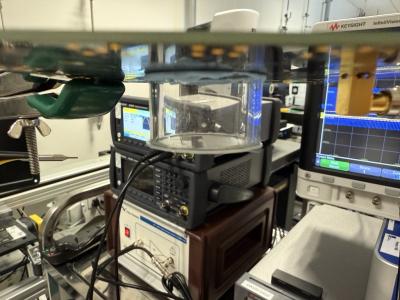
The data set contains 360 instances of images of transparent PET preforms with a constant actual color. The measured color is varring because of illumination conditions. The measured color variation factor is described as color value correction coeficient.
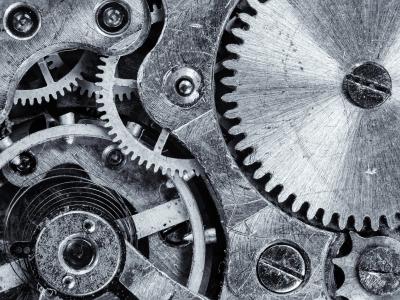
Our research addresses time-dependent hysteresis effects in adhesive packaged MEMS pressure sensors.
Typically calibrated inside a certain temperature and pressure range, they provide precise pressure measurements, given
that certain setting times after temperature changes are maintained. Signal errors arise when temperature changes
induce time-dependent viscoelastic relaxation in the adhesive which cannot be compensated by calibration. High precision
applications which demand absolute signal accuracies below 30Pa on chips well below 1mm scales, while the requirement
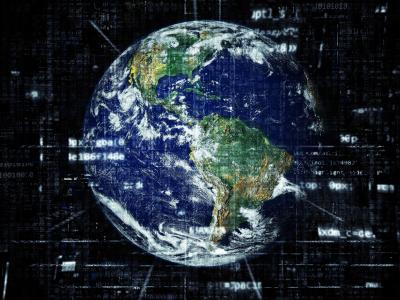
None

None
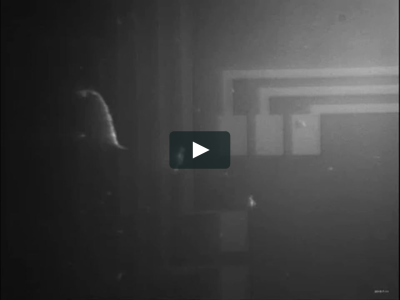
Videomicroscopic Semi-Shadow Visualization of LoC-Si (Lab-on-a-Chip_[based_on]_Silicone) test structures from Institute of Molecular Electronics (D. Shevchenko; founder of Scientific and Production Association "Microbiotechniques" Ltd.) and Russian Academy of Sciences (INEPCP RAS; ICP RAS)
Vis. Tech.: MBS-10 Binocular Stereoscopic Microscope; Indirect Angular Illumination.
Found.: Initiative project (D. Shevchenko, O. Gradov; 2015-2016)
Fab.: JSC “Voskhod” KRLZ*

Modified characteriograph-assisted testings of spectrozonal analog lab-on-a-chip under laser beams
Acknowledgements:
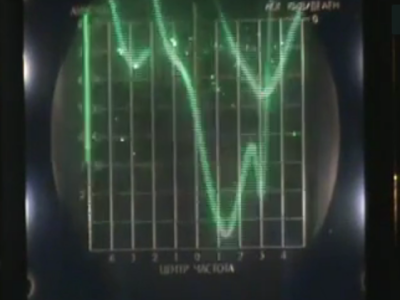
LF-module-assisted analog lab-on-a-chip measurements with R- (650 nm), G- (532 nm), B- (405 nm) laser sources
00:59 - Wavelenth: 650 nm (laser diode);
01:25 - Wavelenth: 405 nm (DPSSL);
01:43 - Wavelenth: 532 nm (DPSSSL);
Acknowledgements:

Testings of spectrozonal analog lab-on-a-chip with angle-sensitive pixels (ASP) using diode laser sources in combined nanosecond reflectometric and stroboscopic oscilloscopic measurements.
FILE 1: Combined nanosecond reflectometric and stroboscopic oscilloscopic analysis for RF lab-on-a-chip.mp4
00:15 - Wavelength: 405 nm (DPSS);
00:57 - Wavelength: 650 nm (laser diode source);
FILE 2: Analog angle-sensitive pixel lab-on-a-chip testing using nanosecond stroboscopic oscilloscope.mp4
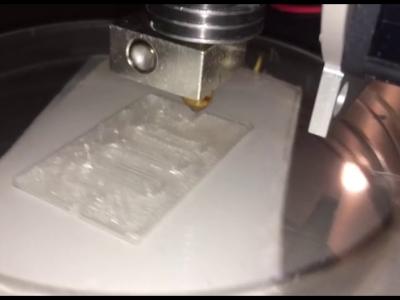
https://vimeo.com/273508513
Acknowledgements:
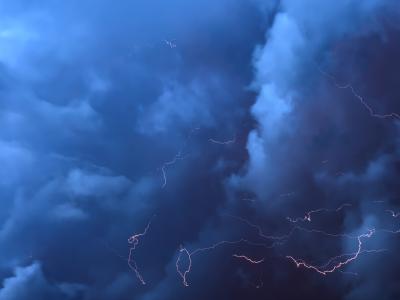
The dataset is supporting material for Colli et al 2018 paper. The paper describes the results obtained by the application of an innovative environmental monitoring technique able to estimate rainfall intensity in real-time by processing the attenuation of microwave satellite link signal measured by low cost sensors. The satellite used during our work, Turksat 42° E, belong to the plethora of satellites operating for television and radio channel broadcasting.

Supplementary material for article "An Efficient Meta-Heuristic for Multi-objective Flexible Job Shop Inverse Scheduling Problem"

D U C 2 0 0 2 dataset (https://www-nlpir.nist.gov/projects/duc/guidelines/2002.html) processed through doc2vec (https://github.com/jhlau/doc2vec)
This dataset includes the documents embeddings of the full DUC 2002 in the following configurations:
It also includes the results of the research presented in "Central embeddings for extractive summarization based on similarity"
In order to obtain the original DUC 2002 dataset please consult the official site.

This database includes data measured by Qualcomm's 60GHz mmWave Radar.
It includes:
Face signature data base: radar face scan data of 206 individuals for face recognition.
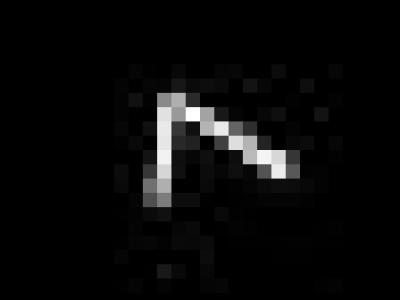
Our dataset includes three parts: MNIST-rot, MNIST-scale, and MNIST-rand.
MNIST-rot is generated by randomly rotating
each sample in the MNIST testing dataset in $[0,2\pi]$.
We generated MNIST-scale by randomly scaling
the ratio of the area occupied by the symbol over that of the entire image by a factor
in $[0.5,1]$, and generated MNIST-rand by scaling and
rotating images in MNIST testing dataset simultaneously.
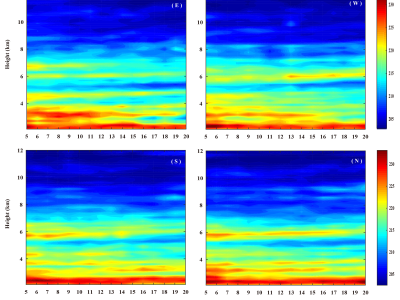
Fig. shows the radar echo energy of the four tilted beams with different tilted angles observed by the Wuhan MST radar using the low mode (unit: dB), which is the average value of three observation cases (LT: 2011-03-17, 08:30-10:00; 2011-03-15, 18:00-19:30; 2011-03-15, 19:30-21:00).
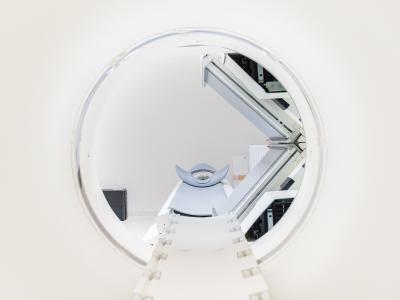
In this study, adaptive hybrid (AH) scheme is proposed to enhance the measurement accuracy of conventional CD method to acquire the 2-dimensional velocity field of blood flows. It can offer the assistance of the velocity field information measured preliminarily using ultrasound speckle image velocimetry (SIV) technique. Consequently, erroneous vectors in the CD results were replaced with the SIV results. The performance of the proposed AH method was validated by varying flow rate and insonation angle. We compared the AH method with the CD and SIV methods in an agarose vessel model.

The dataset is a collection of the simulated and measured data acquired in the process of design, analysis and measurement of the millimeter wave multibeam waveguide lens antenna. A data matrix of the colected data is presented in .mat format with Matlab compatibility.
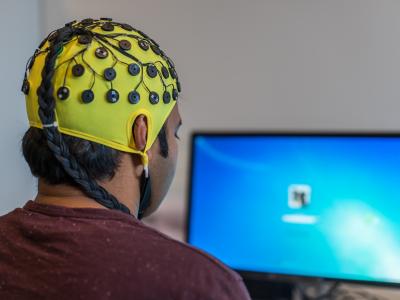
This repository contains ROS bags with measurements related to the article "Forklift Positioning System for Pallet Tracking in Industrial Environments". The dataset includes measurements from UWB tags, IMU, Magnetometer and Px4Flow simulated in Gazebo. Also includes the position estimations calculated using the algorithm described in the related paper.
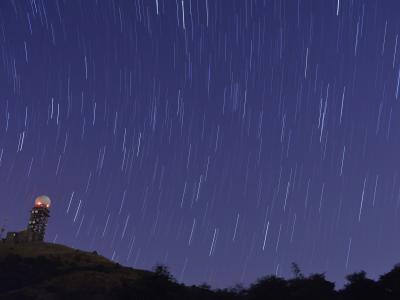
My first use of Ruby on Rails in an Arduino project is a simple temperature and humidity logger. Ideally I'll create another Arduino project to graph the data. Of course we need an Arduino with networking capabilities. You really can't go past the excellent, tiny, cheap HUZZAH from Adafruit.

My first use of Ruby on Rails in an Arduino project is a simple temperature and humidity logger. Ideally I'll create another Arduino project to graph the data. Of course we need an Arduino with networking capabilities. You really can't go past the excellent, tiny, cheap HUZZAH from Adafruit.
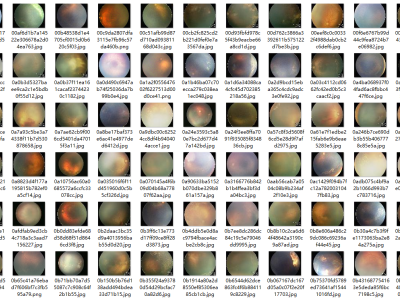

A sample of synthetic noise-free reference image created by combining multiple instances of structurally preserved cilia cross-sections. The author has removed the dataset, the interested users can contact the author via email: amitsuveer@gmail.com

Deep learning belongs to the scope of artificial intelligence, which has attracted researchers all over the world. The CNN is one the most popular techniques of deep learning. In this paper, the WLAN (wireless local area network) localization is given by SVD (singular value decomposition) noise-reduction and CNN (convolutional neural network).